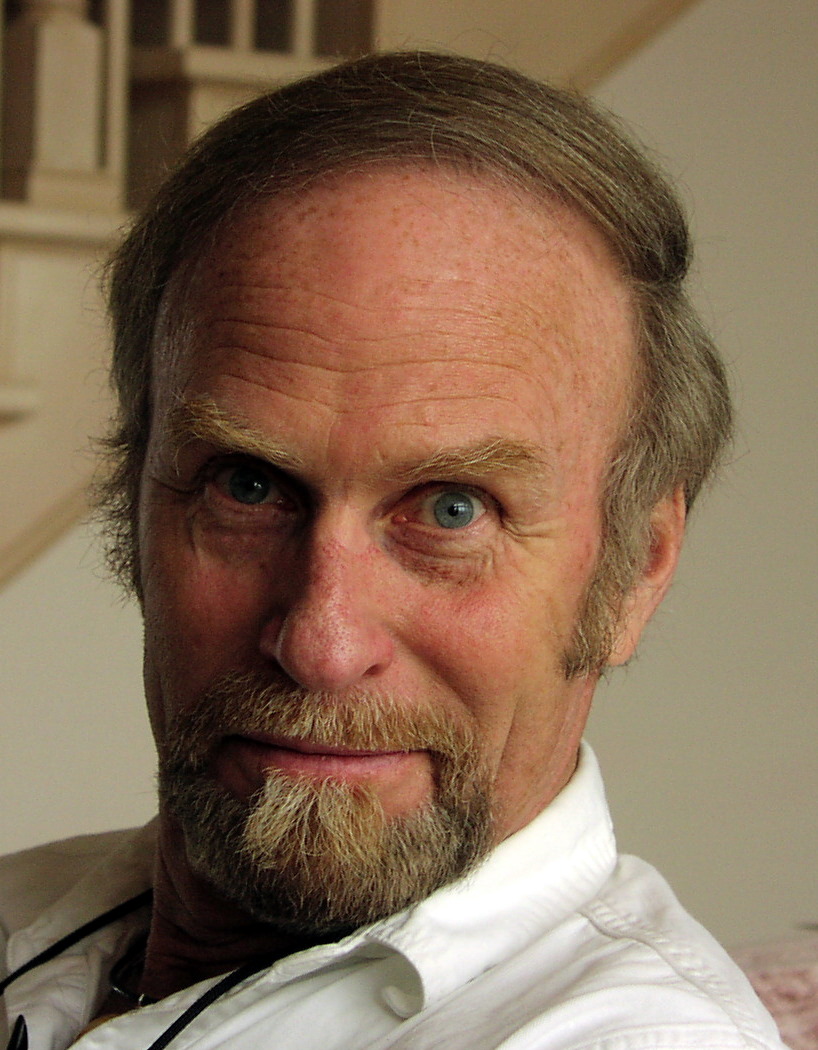In this ongoing series with Dr. Jack Alpert, www.skil.org , you become an integral player in the human experiment of the 21st century. How will human numbers affect you, your kids and future generations? What will you do to change course? Something? Nothing? Just ride out the consequences? Will any national leaders take the initiative over human overpopulation in America?
In an intriguing interview, "Does Your Addition See the Future Clearly?" Dr. Alpert presents a few simple realities facing future generations."Today 20 percent of the world's human population consumes about 80 percent of the world's resources and the remaining 80 percent of the population consumes the remaining 20 percent," said Alpert. "Over the next 40 years, the world's population is expected to add 2.5 billion people -- mostly to the large poor group. Due to limits of, and damage to, the environment, everyone is experiencing increased costs of living relative to income. Most are experiencing reductions in the delivery of goods and services."
The question Dr. Alpert asks is how will the arrival of 2.5 billion more people change who gets what goods and services?
To answer this we have to consider several factors:
1) Will the produced goods
and services get bigger, remain the same, or get smaller? Certainly, delivery
of goods and services will be diminished by:
a. exhausting non-renewables, in
particular our diminishing oil reserves
b. using renewables above their
maximum productive rate
c. overusing the absorption
capabilities of the environment such as carbon emissions now
being debated in Copenhagen
d. delivery of goods and services will increase
because technology will deliver more with less
"Assume the net effect of these counter processes is that the delivery of goods and services will remain constant," said Alpert. "I feel this assumption is optimistic because I believe the current delivery of goods and services (the total human footprint) is near global carrying capacity."
2) Will the rich communities increase, hold constant, or decrease their present aid to the poor large community?
"I assume the rich communities, faced with their own decreases in deliveries (increases in costs relative to income) will not increase their generosity," said Alpert. "Let's assume they hold their contributions to the poor community constant."
3) This means the poor community will have to stretch its 20 percent of the global bounty over nine billion people instead of 6.8 billion.
4) Since at least a billion of the poor group is already living close to starvation levels, no food can be shared by them without causing death.
5) The sharing must come from poor people living at least two times subsistence. If there are 2.5 billion in this group a sharing strategy could add five billion people to the group living just above starvation. That would mean that six billion people would be living just one bad harvest from starvation and death.
6) If these numbers fail to show you a future of unwanted conditions, consider that there is an additional demand on global resources. Normal rich people are used to and expect a 2-3 percent improvement in their wellbeing each year. To fuel this they will need 2-3 percent more of the world's goods and services. Remember there are no unallocated goods and services.
7) Because each rich person can pay more for goods and services than each poor person, he or she can purchase (in the market) part of the 20 percent of the goods and services now supporting the poor.
8) This transfer of two percent of global resources from poor to rich translates to a 10 percent reduction of the goods and services used to feed the poor group each year. I think this means that the poor population declines, through starvation at 10 percent. (For example, 10 percent of nine million or about 900 million people.
9) I think this means that in ten years all the people whose life sustenance was dependent on that 20 percent of the globe's goods and services have now starved to death.
10) All these deaths were caused by market forces. No one has to take personal responsibility.
(Note: You can view every article as one long page if you sign up as an Advocate Member, or higher).





